Cerebral palsy causes multiple disabilities due to brain damage during the child's development. Symptoms of the disease change with age and brain development.
This article was professionally consulted by Dr. Le Minh Lan Phuong, Head of Examination Department, Children's Hospital 1 (HCMC).
What is cerebral palsy?
- This term refers to a group of medical conditions caused by brain damage that does not progress over time.
- Cerebral palsy is caused by prenatal, intrapartum and postnatal causes until under 5 years of age.
- Cerebral palsy causes multiple disabilities in movement, mind, senses and behavior...
Reason
- Prenatal period:
+ Premature birth.
+ Weight lighter than normal.
+ Fetal infection.
+ Pregnant mothers abuse drugs.
+ Pregnant mothers are affected by strong impact activities leading to injury.
+ Fetal hypoxia.
+ Pregnant women with preeclampsia.
- Newborn period:
+ Long labor time.
+ Obstetric trauma.
+ Arrhythmia.
+ Cerebral hypoxia.
+ Water broke earlier than expected.
- Postpartum period:
+ Children with cerebral hemorrhage, jaundice.
+ Newborns have signs of convulsions, cerebral hypoxia, head trauma...
Early detection signs of cerebral palsy in children
- When born, does not cry immediately or cries weakly.
- After birth, the body is usually soft and immobile.
- Head down, can not lift up.
- Slow development of motor skills, slow to hold head and neck, roll over, sit, crawl...
- Loss of balance or lack of muscle coordination, with impaired use of the hands in grasping and performing activities.
- Difficult to hold, bathe, and change clothes for the child because the child is stiff.
- Does not recognize mother or relatives.
- Slow early communication skills, slow language development.
- Does not turn head in response to sounds, colorful toys, does not look at mother's face or relatives.
- Cannot listen to stories, express emotions, show facial expressions, or use eyes to show joy.
- Overreaction.
- Difficulty sucking, or choking on milk.
- Tremor, involuntary movement.
- Drooling, wheezing, increased nasal and throat secretions, intestinal problems.
- There are superficial sensory disturbances such as heat, cold, and pain.
- Convulsions, unconsciousness, foaming at the mouth.
- Other symptoms: strabismus, drooping eyelids, decreased or lost vision, hearing loss, crooked mouth...
Diagnose
- To date there is no accurate method to diagnose cerebral palsy.
- Cerebral palsy is often monitored over a long period of time to determine.
- Some methods to diagnose cerebral palsy:
+ CT scan
+ Electroencephalogram.
+ Topographic electroencephalogram (BEAM).
+ Electromyography.
+ Cerebral impedance diagram (REG).
Treatment
- Cerebral palsy cannot be cured.
- Treatment will be given to appropriately relieve the symptoms and severity of the disease.
Prevent
- Most cases of cerebral palsy cannot be prevented, but pregnant women can take the initiative to reduce the risk.
- If you are pregnant or planning to become pregnant, take the following steps to stay healthy and minimize pregnancy complications:
+ Fully vaccinated.
+ Ensure health when preparing for pregnancy.
+ Regularly go for prenatal check-ups early before giving birth.
- Prevent head injuries by using safety equipment and protective gear for children such as motorcycle helmets, car seats, bicycle helmets, and bed rails.
- Regularly supervise children when playing vigorous games or in potentially unsafe places.
America and Italy
Source link



![[Photo] Parade to celebrate the 50th anniversary of Laos' National Day](/_next/image?url=https%3A%2F%2Fvphoto.vietnam.vn%2Fthumb%2F1200x675%2Fvietnam%2Fresource%2FIMAGE%2F2025%2F12%2F02%2F1764691918289_ndo_br_0-jpg.webp&w=3840&q=75)
![[Photo] Worshiping the Tuyet Son statue - a nearly 400-year-old treasure at Keo Pagoda](/_next/image?url=https%3A%2F%2Fvphoto.vietnam.vn%2Fthumb%2F1200x675%2Fvietnam%2Fresource%2FIMAGE%2F2025%2F12%2F02%2F1764679323086_ndo_br_tempimageomw0hi-4884-jpg.webp&w=3840&q=75)



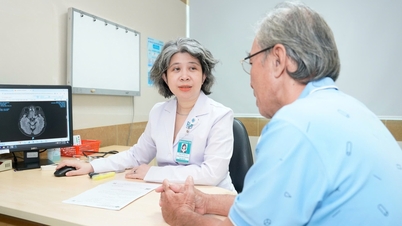

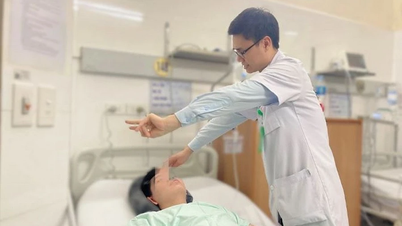











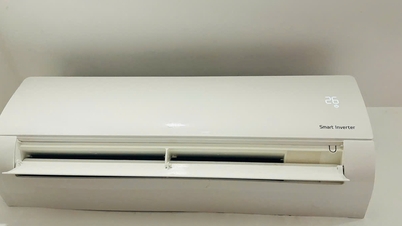



























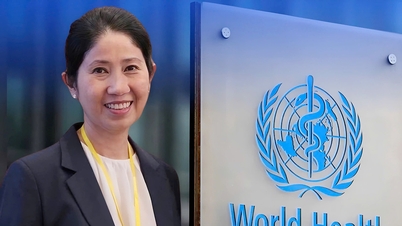













































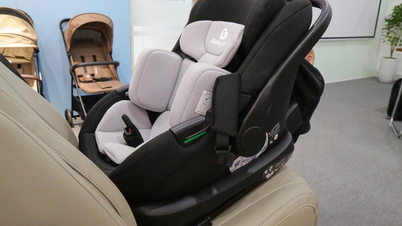














Comment (0)